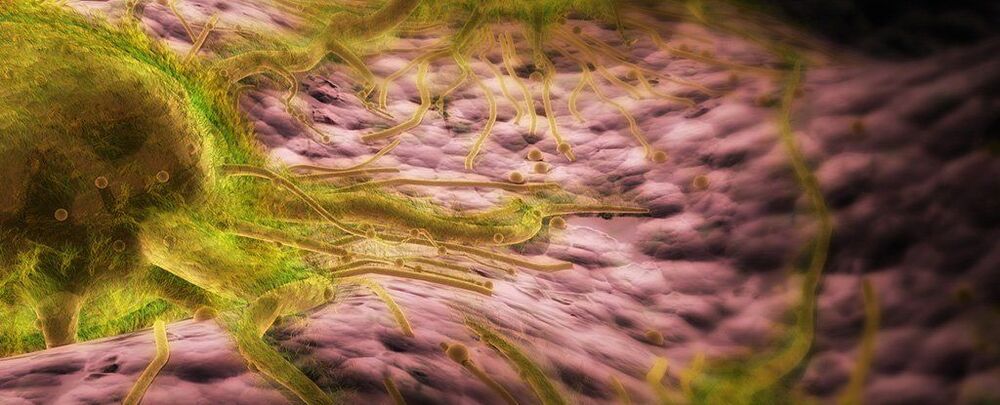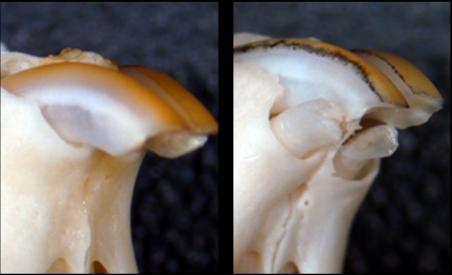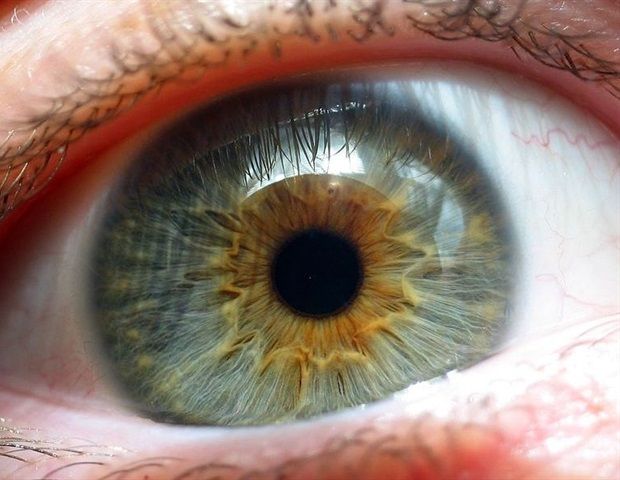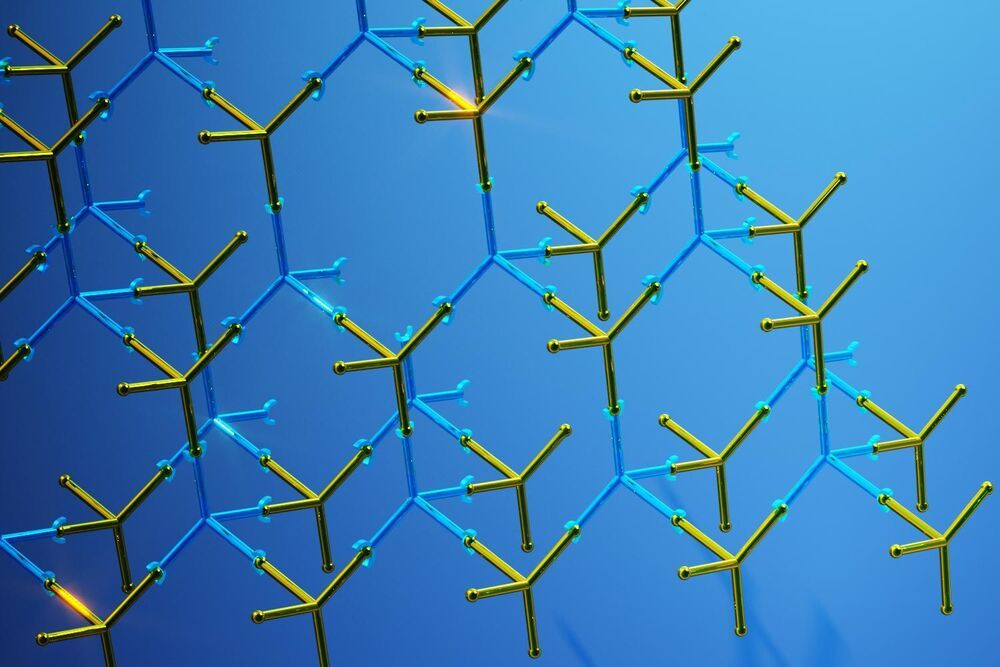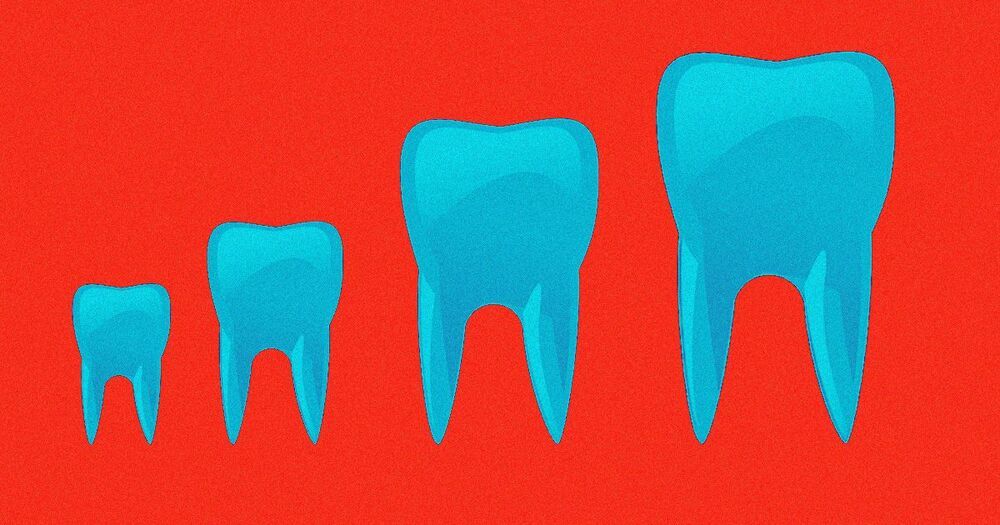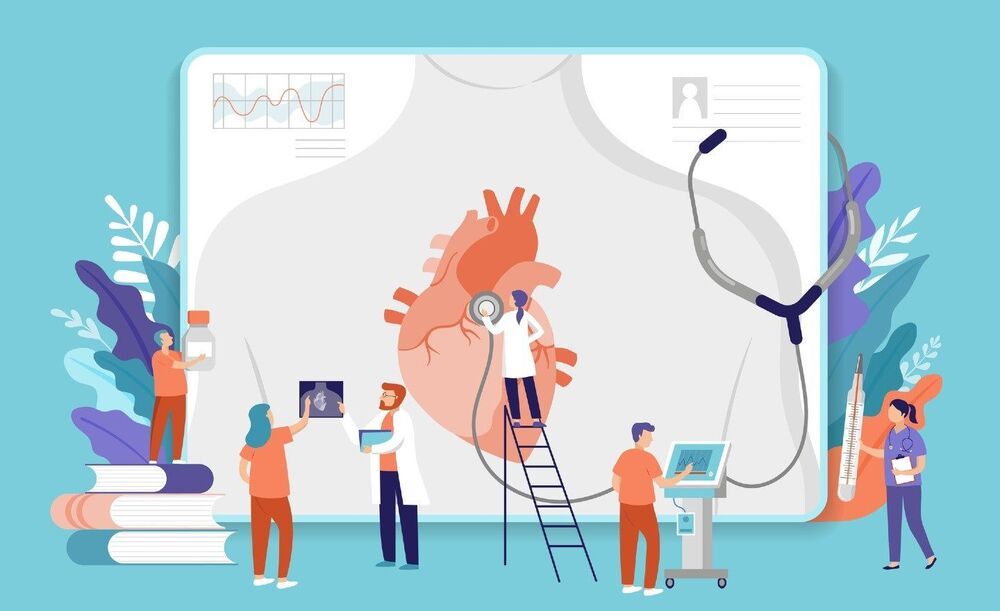Mar 30, 2021
Scientists create simple synthetic cell that grows and divides normally
Posted by Dan Lovy in categories: bioengineering, biotech/medical, computing, food
**Five years ago, scientists created a single-celled synthetic organism that, with only 473 genes, was the simplest living cell ever known.** However, this bacteria-like organism behaved strangely when growing and dividing, producing cells with wildly different shapes and sizes.
Now, scientists have identified seven genes that can be added to tame the cells’ unruly nature, causing them to neatly divide into uniform orbs. This achievement, a collaboration between the J. Craig Venter Institute (JCVI), the National Institute of Standards and Technology (NIST) and the Massachusetts Institute of Technology (MIT) Center for Bits and Atoms, was described in the journal Cell.
Identifying these genes is an important step toward engineering synthetic cells that do useful things. Such cells could act as small factories that produce drugs, foods and fuels; detect disease and produce drugs to treat it while living inside the body; and function as tiny computers.
Continue reading “Scientists create simple synthetic cell that grows and divides normally” »

